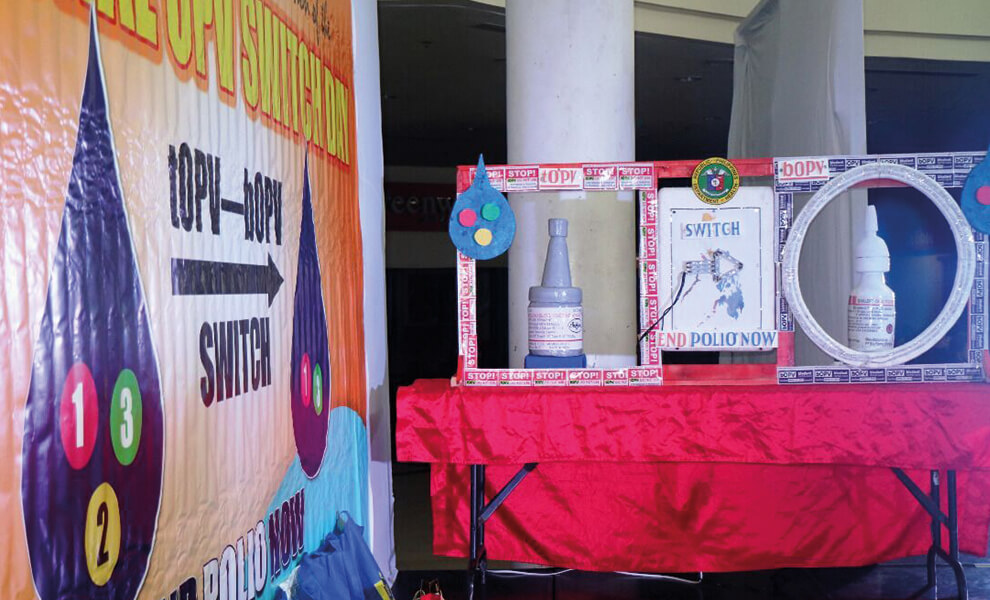-
1580-1350BC
An Egyptian stele portrays a priest with a withered leg, suggesting that polio has existed for thousands of years
-
1789
British physician Dr Michael Underwood attempts the first-known clinical description of polio called “debility of the lower extremities”
-
1840
In Germany, Dr Jakob von Heine conducts the first systemcatic investigation of polio and develops the theory that the disease may be contagious.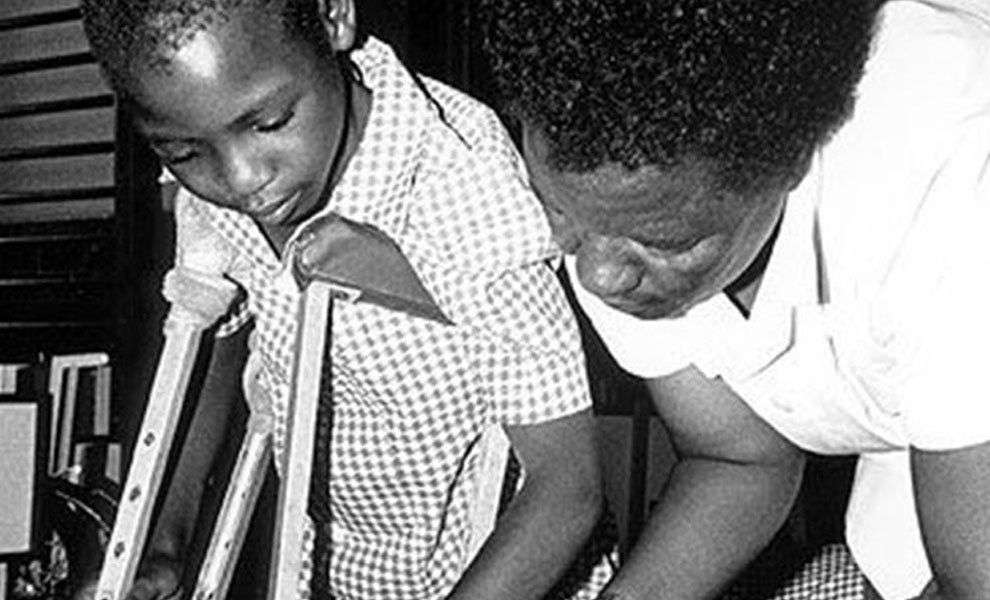
-
1894
The first significant outbreak of infantile paralysis subsequently identified as polio is documented in the United States of America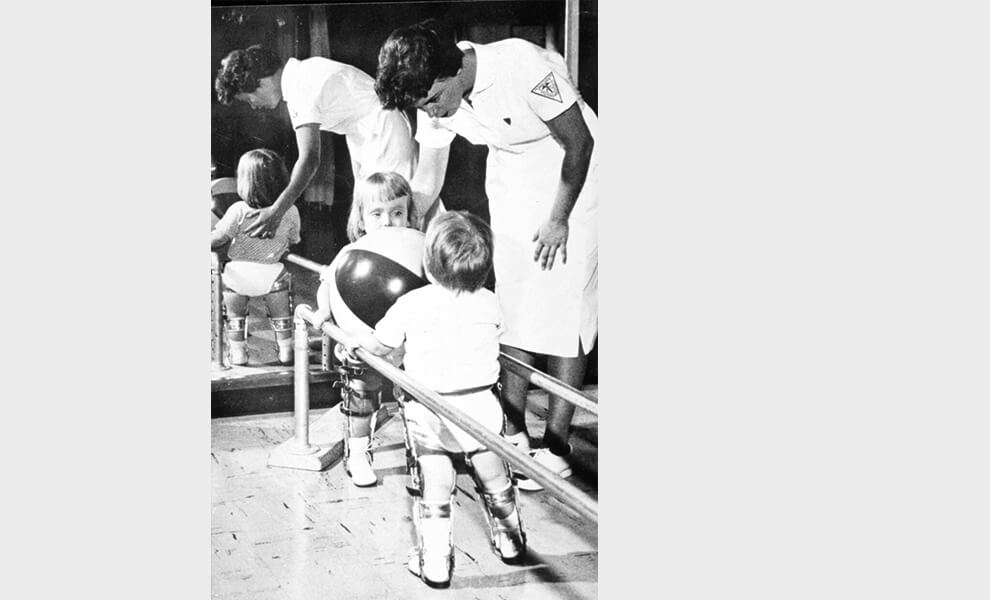
-
1907
Swedish paediatrician Dr Ivar Wickman categorizes the different clinical types of polio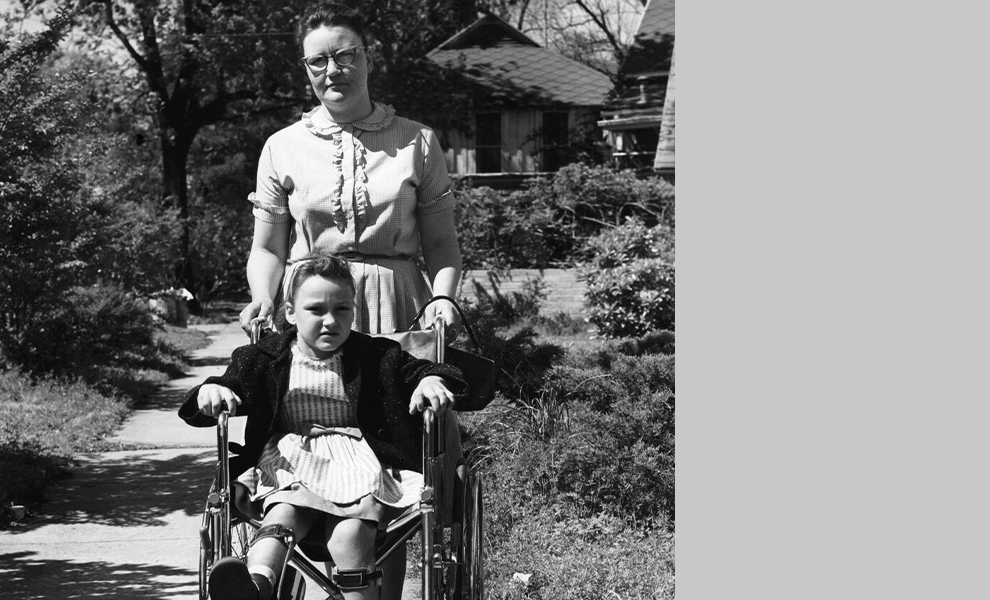
-
1908
Austrian physicians Karl Landsteiner and Erwin Popper hypothesize that polio may be caused by a virus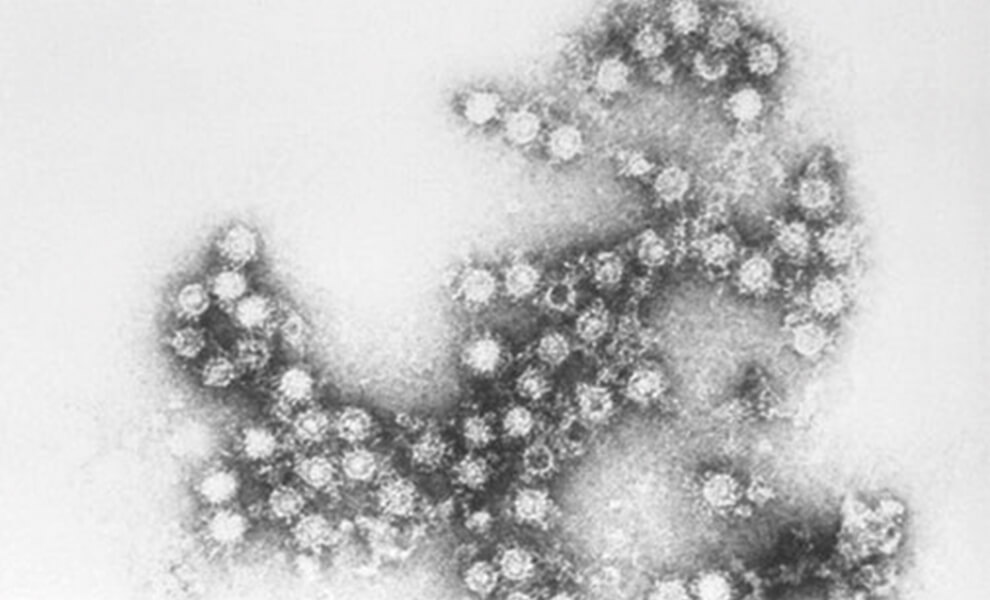
-
1916
A polio epidemic in New York, USA, heightens concern on both sides of the Atlantic and accelerates research into how the disease is spread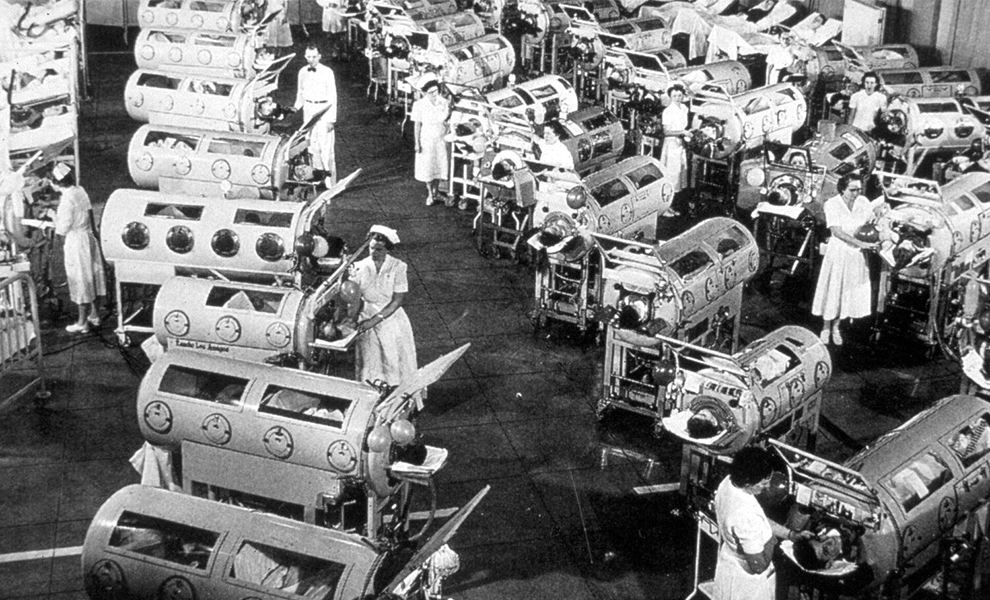
-
1931
Sir Macfarlane Burnet and Dame Jean MacNamara identify several types of polio virus, known as types 1, 2, and 3
-
1938
The United States of America establishes the National Foundation for Infantile Paralysis, which later becomes the March of Dimes – a fund raising organization focusing on polio research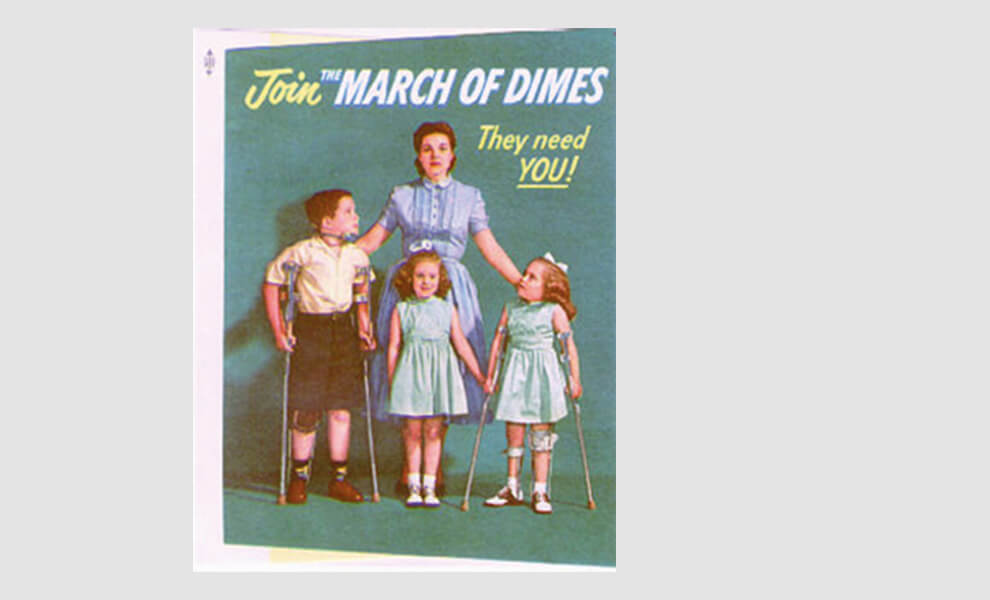
-
1948
John Enders, Thomas Weller and Frederick Robbins successfully grow live polio virus in live cells. Six years later they receive the Nobel Prize for their work.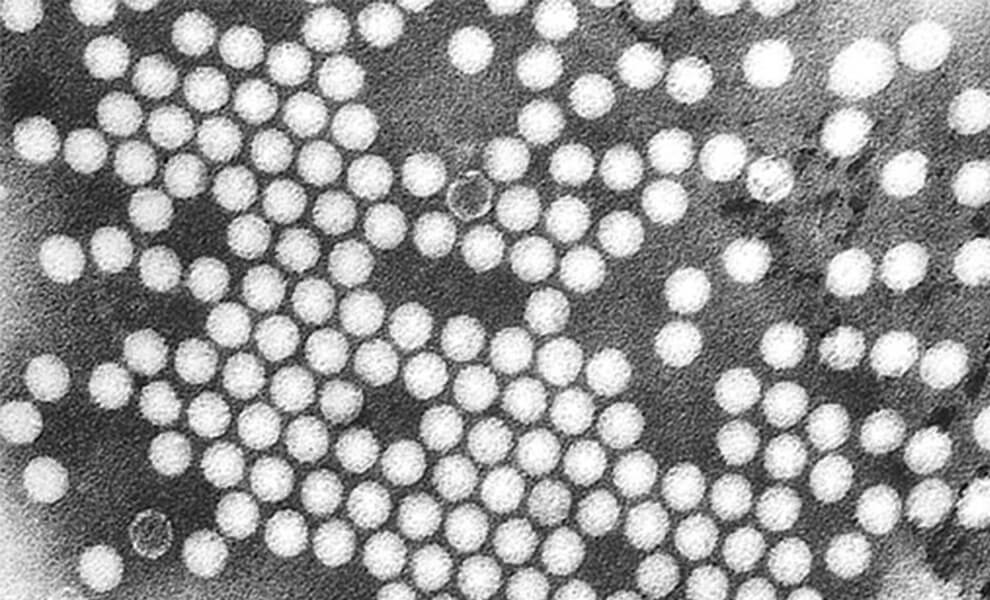
-
1955
Dr Jonas Salk develops the first vaccine against polio –an injectable, inactivated (killed) polio vaccine (IPV)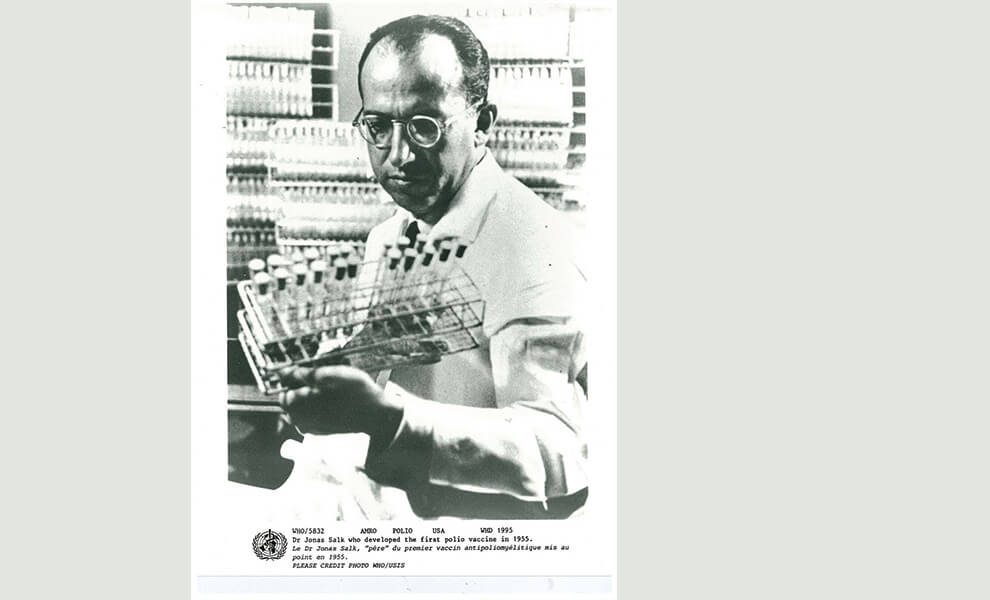
-
1961
Dr Albert Sabin develops a “live” oral vaccine against polio (OPV), which rapidly becomes the vaccine of choice for most national immunization programmes in the world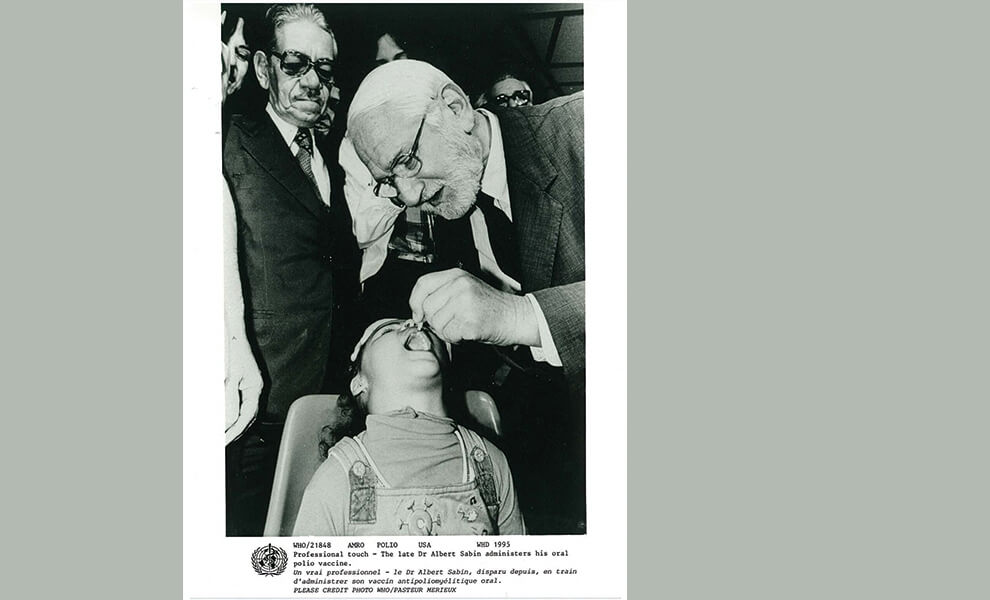
-
1970 – 1980
Lameness surveys demonstrate that polio is widespread in many developing countries, leading to the introduction of routine immunization with OPV in almost all national immunization programmes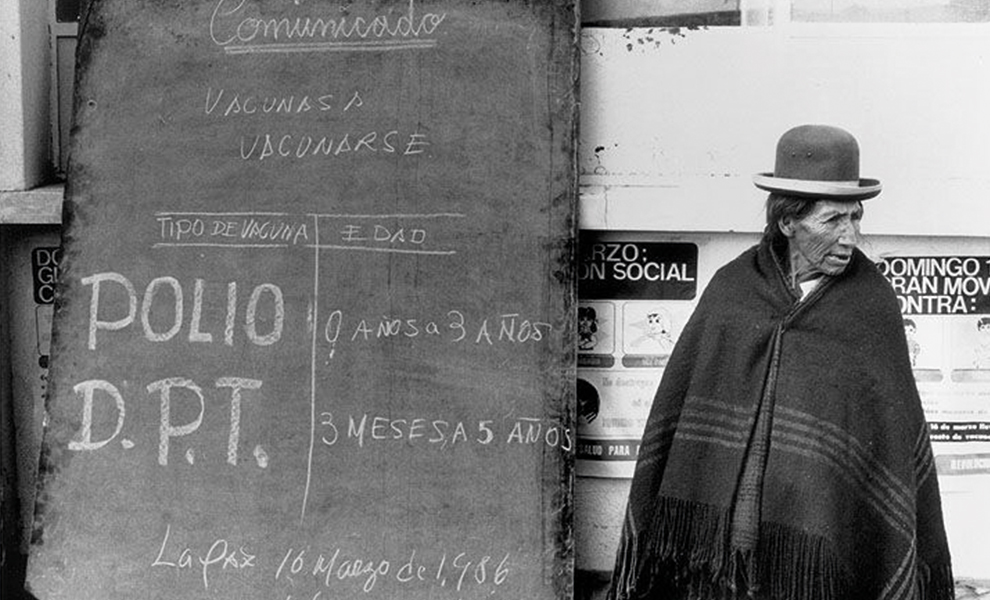
-
1974
The World Health Assembly passes a resolution to create the Expanded Programme on Immunization (EPI) to bring vaccines to the world’ s children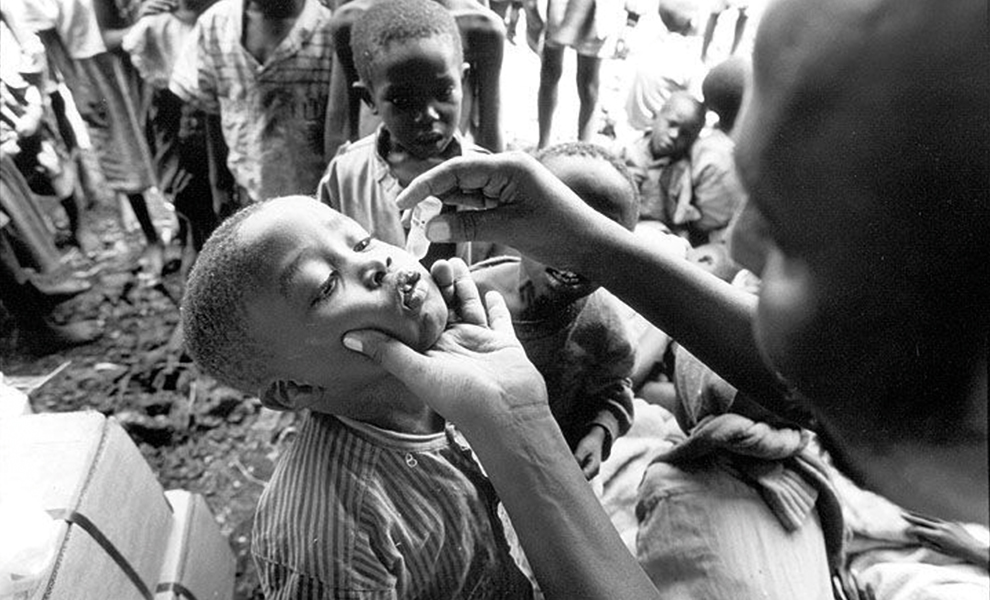
-
1985
Rotary International launches PolioPlus, the first and largest internationally coordinated private-sector support of a public health intitiative, with an initial pledge of US $120 million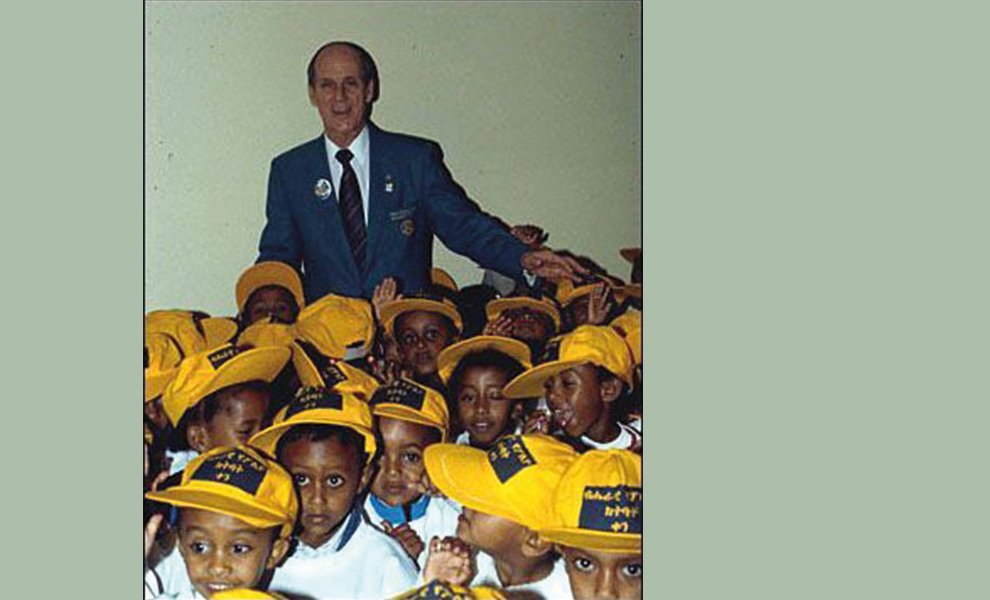
-
1988
Polio paralyses more than 1000 children worldwide everyday. Rotary International’s actions catalyze the World Health Assembly to launch the Global Polio Eradication Initiative.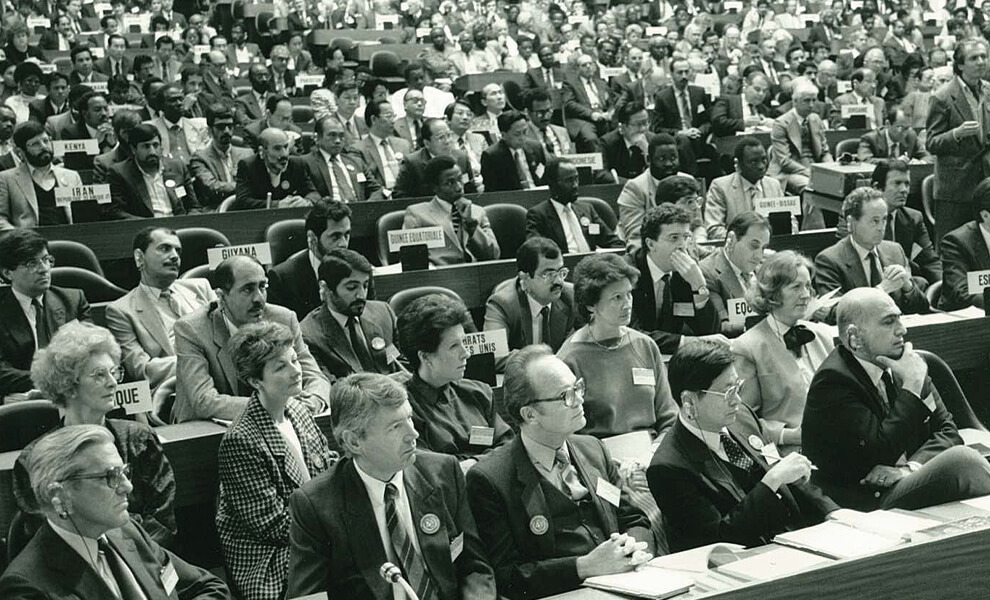
-
1990
The Global Polio Laboratory Network is formally established to detect the presence of wild and vaccine-derived polio viruses in countries.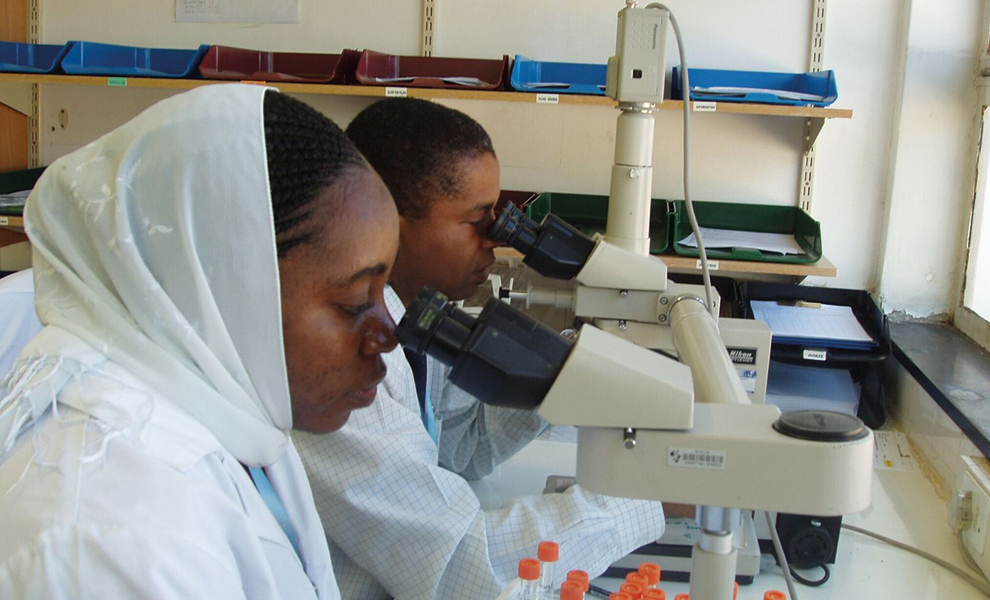
-
1991
The last case of wild polio occurs in the WHO region of the Americas. He is a three year old boy called Luis Fermin Tenorio living in Junin, Northern Peru.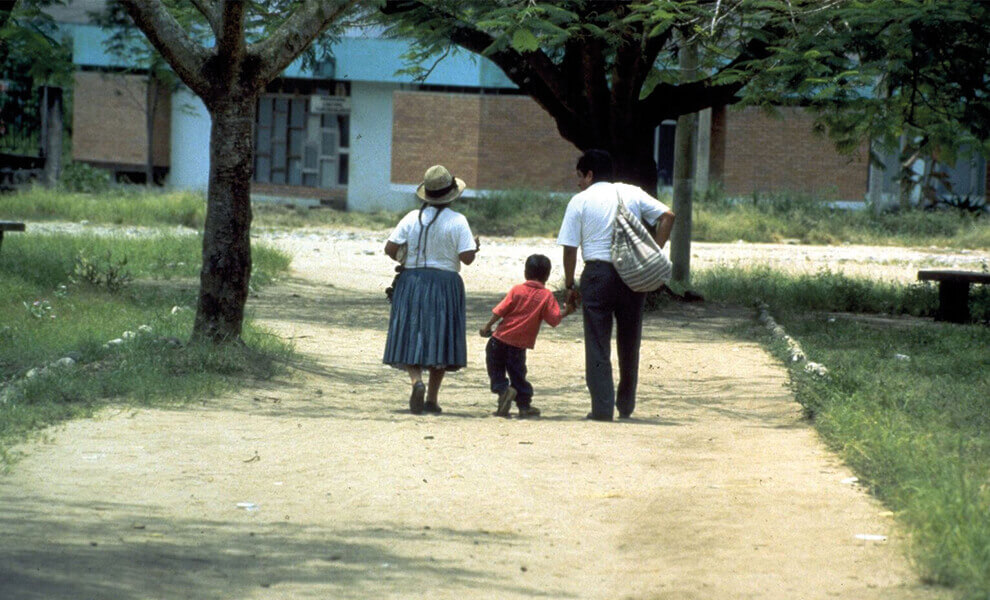
-
1994
The WHO region of the Americas is certified polio-free. In China, 80 million children are vaccinated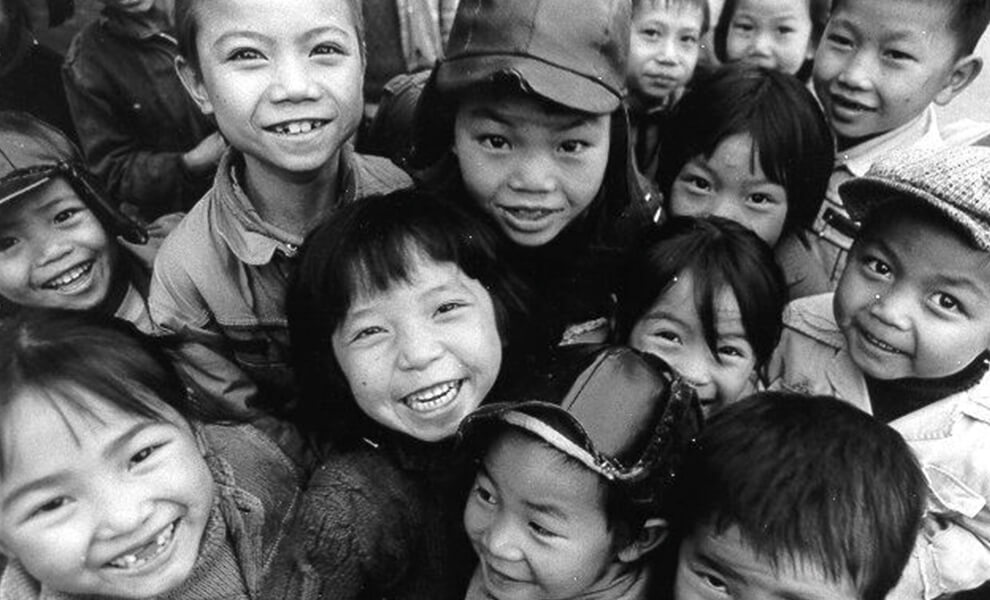
-
1995
More than 56 million children are vaccinated in 19 countries of the WHO European and Eastern Mediterranean Regions. In India, 87 million children are vaccinated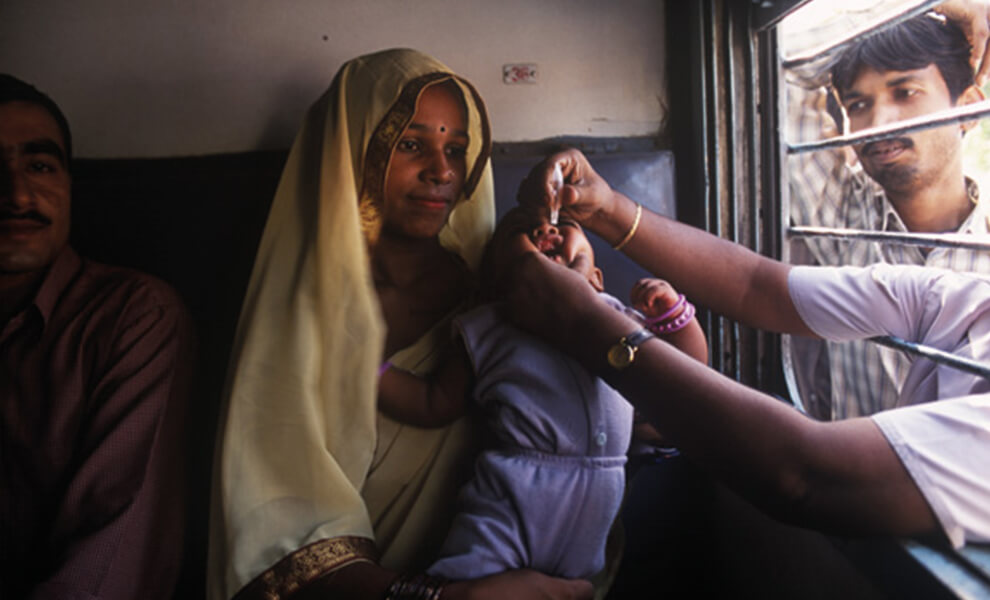
-
1996
Nelson Mandela officially launches the Kick Polio Out of Africa Campaign and 420 million African children vaccinated during National Immunization Days.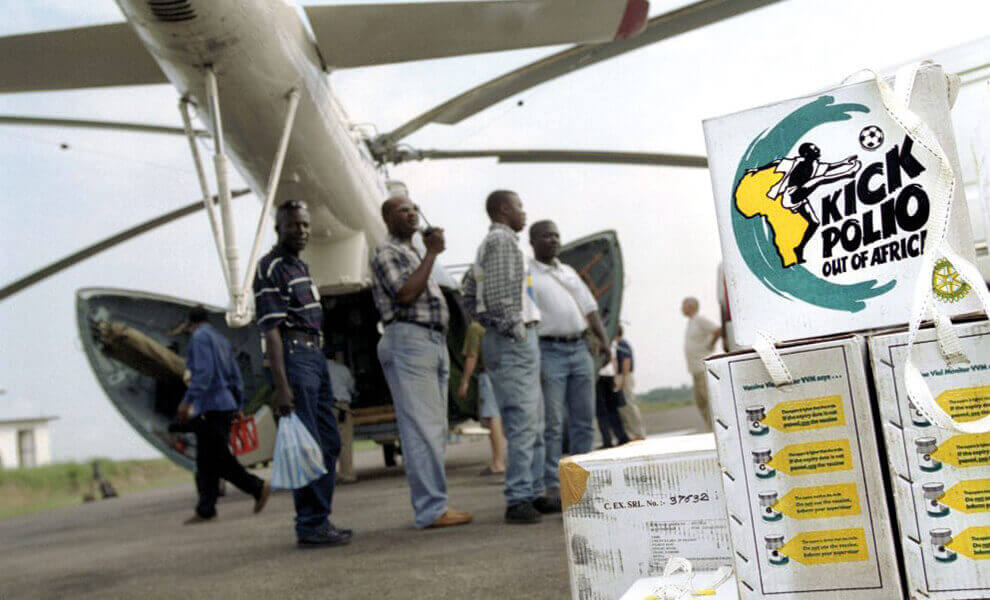
-
1997
The last case of wild polio occurs in the WHO Western Pacific Region. She is a 15 month old girl called Mum Chanty living near Phnom Penh, Cambodia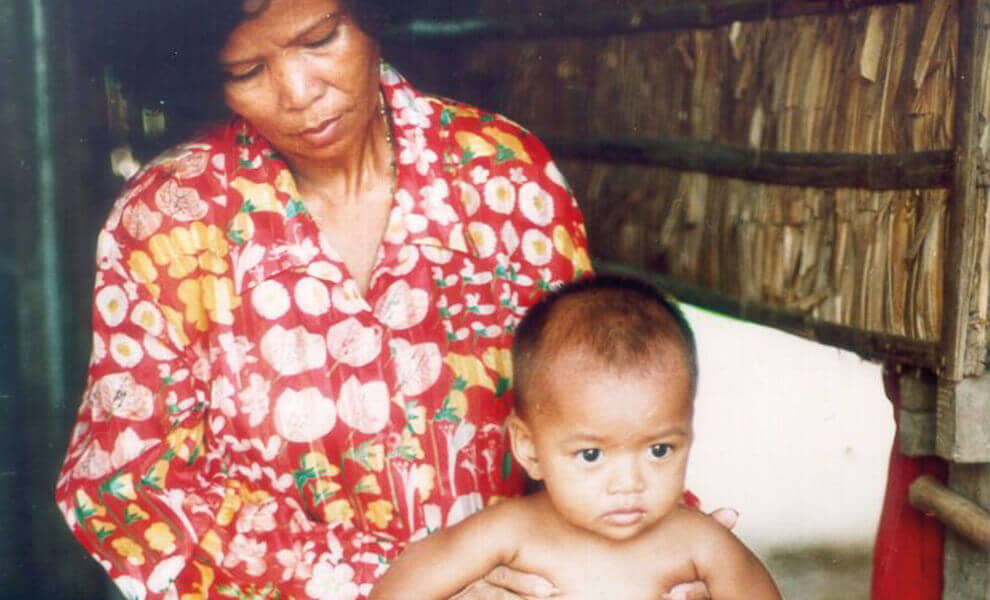
-
1998
In Turkey on 26 November 1998, Melik Minas, a 33 month old unvaccinated child is the last child paralysed by indigenous wild poliovirus in the European region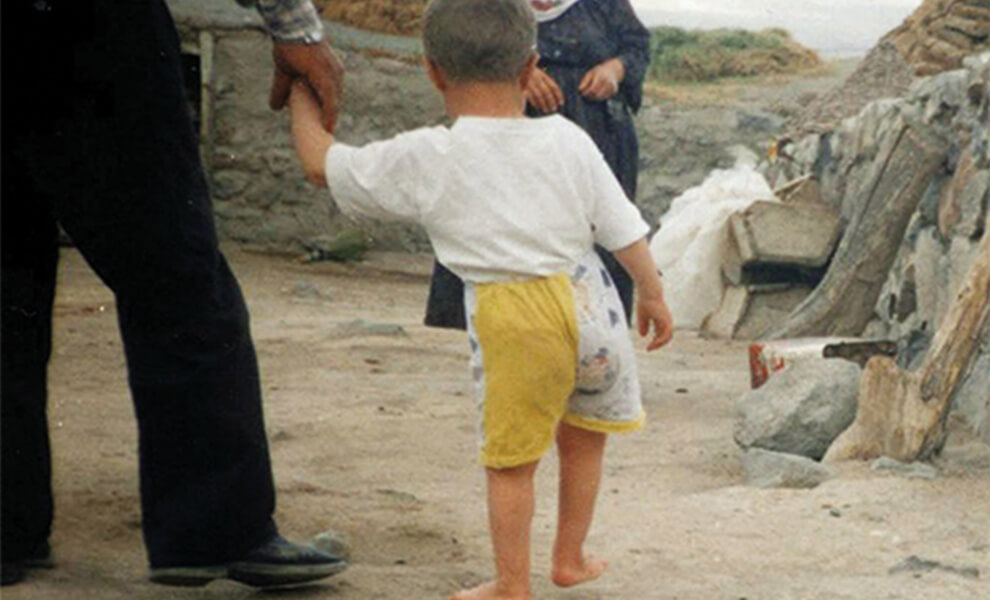
-
1999
The UN Secretary General agrees to negotiate truces for immunization in the Democratic Republic of Congo. National Immunization Days are conducted in war torn Liberia.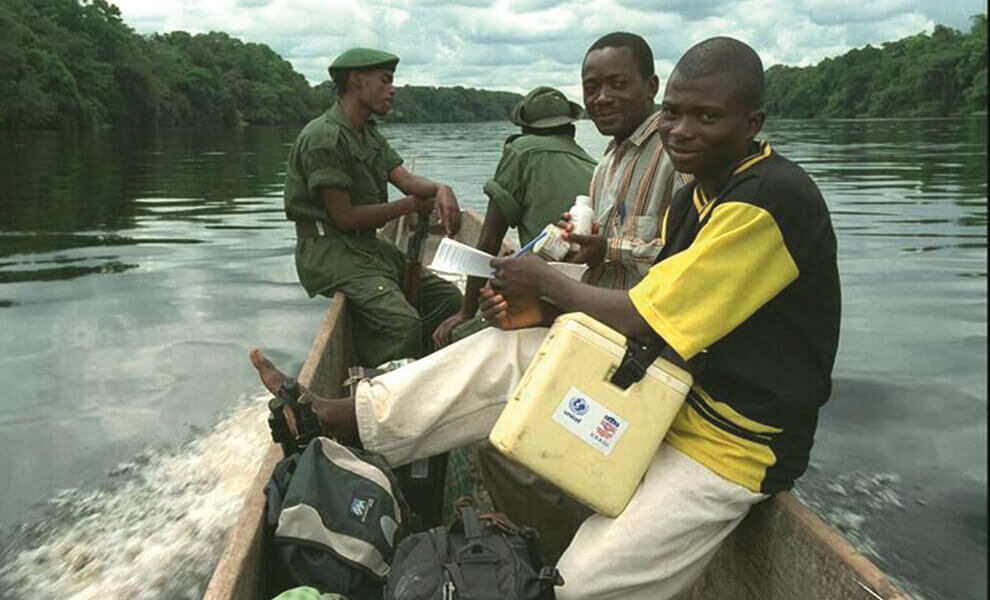
-
2000
The WHO Western Pacific Region is certified polio free. A record 550 million children –almost one-tenth of the world’ s population –receive the oral polio vaccine.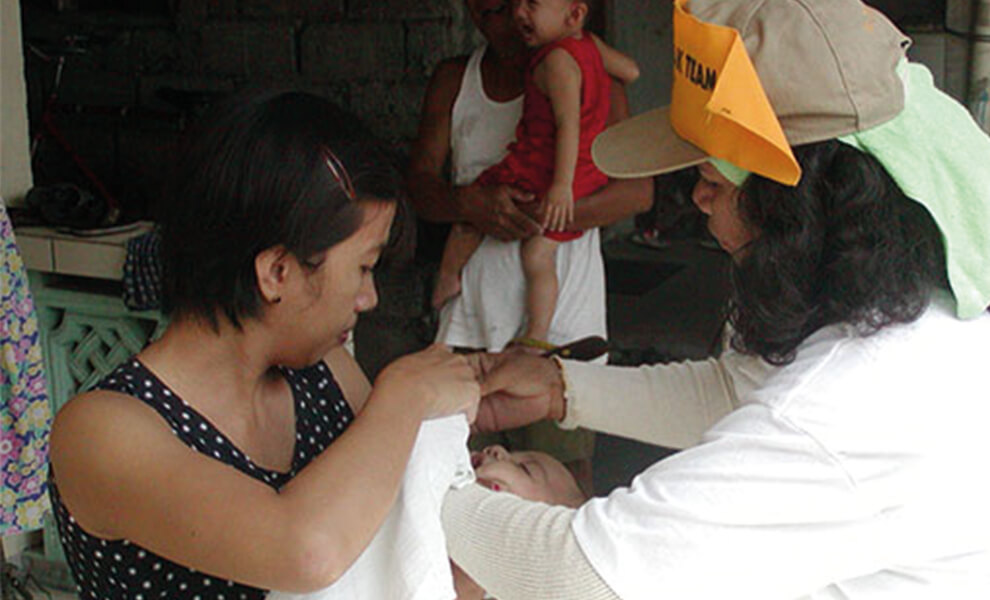
-
2001
575 million children are vaccinated in 94 countries, including 35 million in Afghanistan and Pakistan, and 16 million in conflict-affected countries in central Africa.
-
2002
The WHO European region is certified polio-free. 500 million children are vaccinated in 100 countries.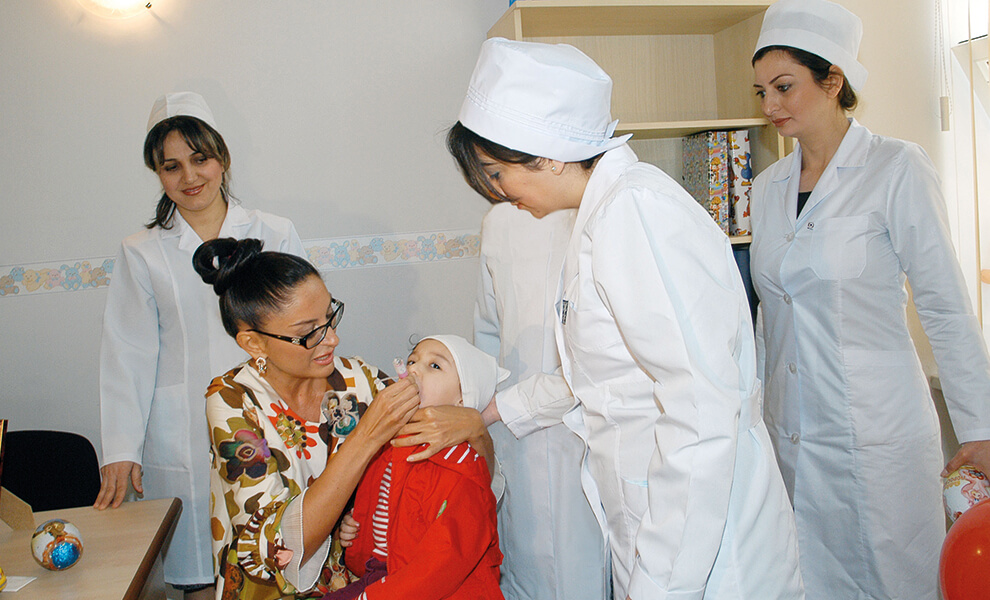
-
2003
In Northern Nigeria, polio immunization campaigns are suspended following unfounded rumours regarding the safety of the polio vaccine. Subsequently a new outbreak occurs.
-
2004
In Africa, synchronized National Immunization Days in 23countries target 80 million children –the largest coordinated polio immunization effort on the continent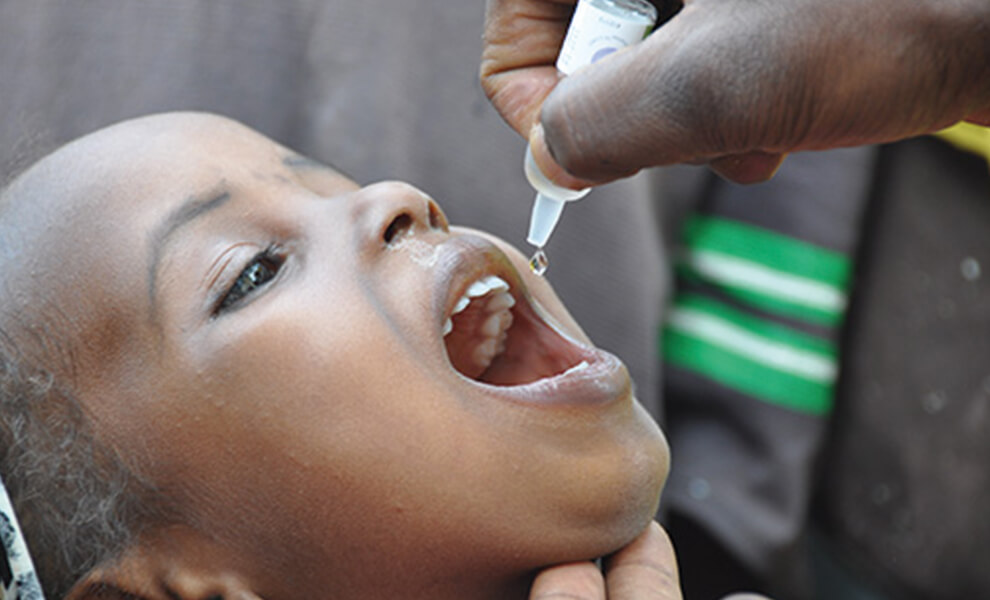
-
2005
New monovalent oral polio vaccines (mOPV) become available to enhance the impact of supplementary immunization activities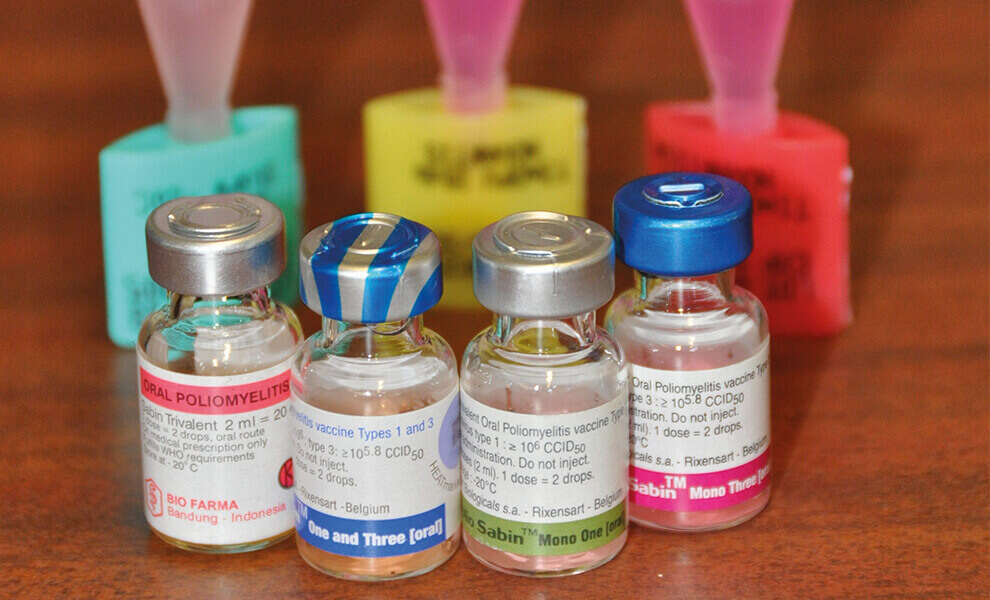
-
2006
Four endemic countries remain: Afghanistan, India, Nigeria and Pakistan. Outbreaks in Yemen and Indonesia–which suffer the largest, single-country outbreaks in recent years –are successfully stopped.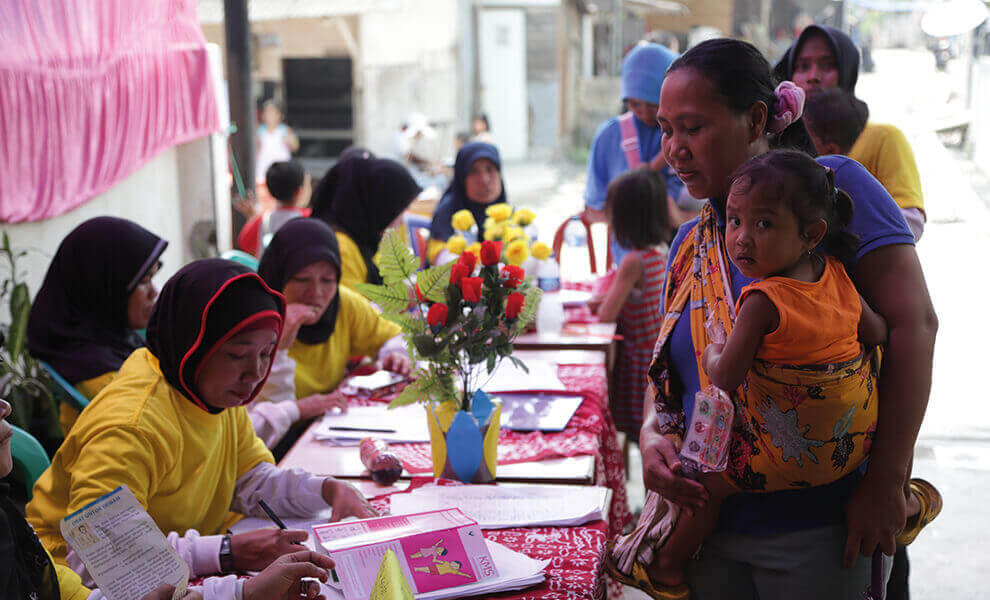
-
2007
More than 400 million children are immunized in 27 countries. On International Peace Day, 80 000 previously inaccessible children are reached with polio vaccine in southern Afghanistan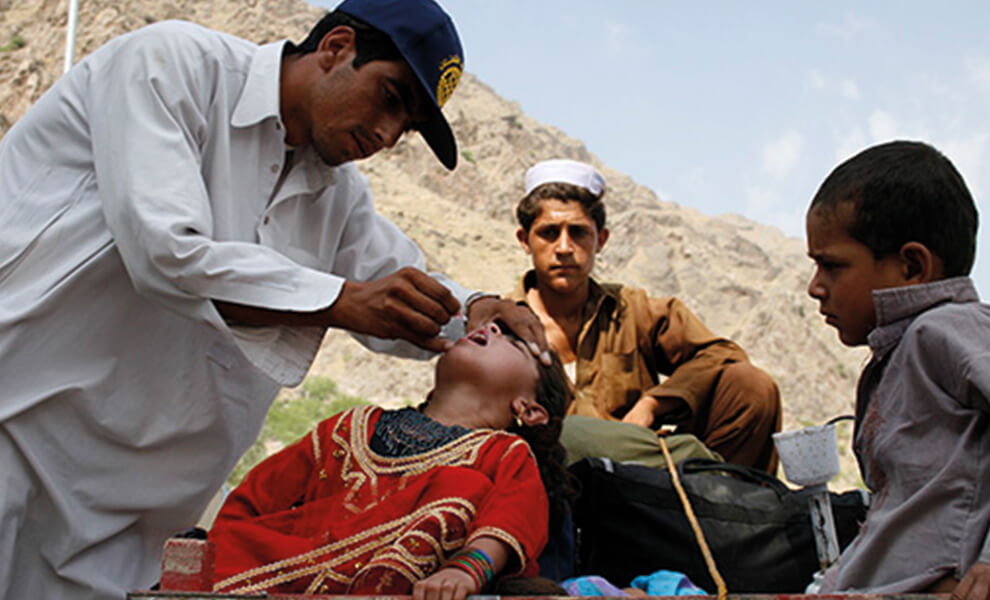
-
2008
A new outbreak of polio spreads from Nigeria to West Africa. Polio eradication becomes the World Health Organization’s "top operational priority"
-
2009
Outbreaks in Central African Republic, Guinea, Kenya and Côte d’Ivoire are successfully stopped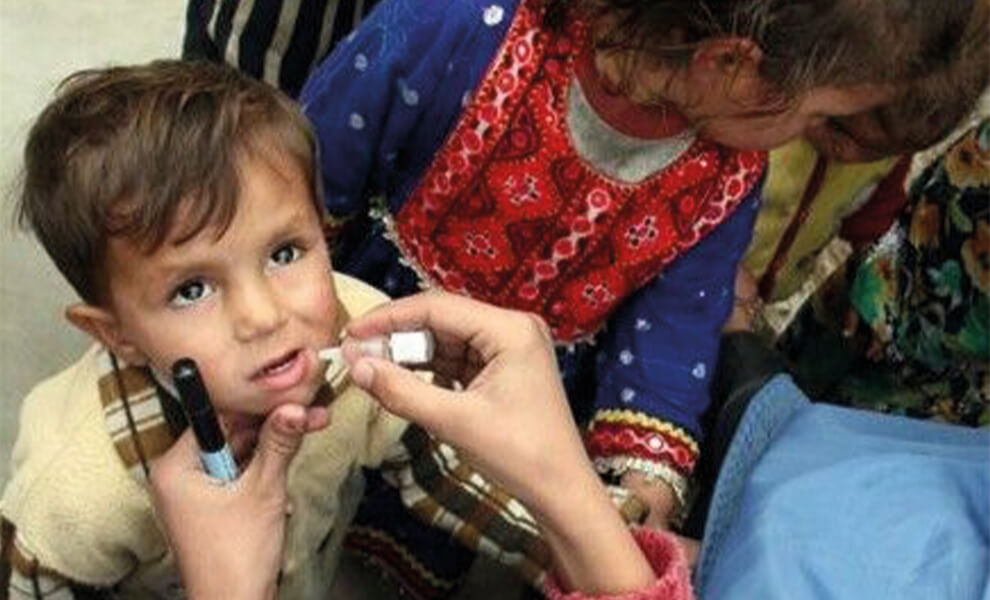
-
2010
Large outbreaks with more than 400 cases wild poliovirus occur in both Tajikistan and Congo. Transmission is stopped by the end of the year in both countries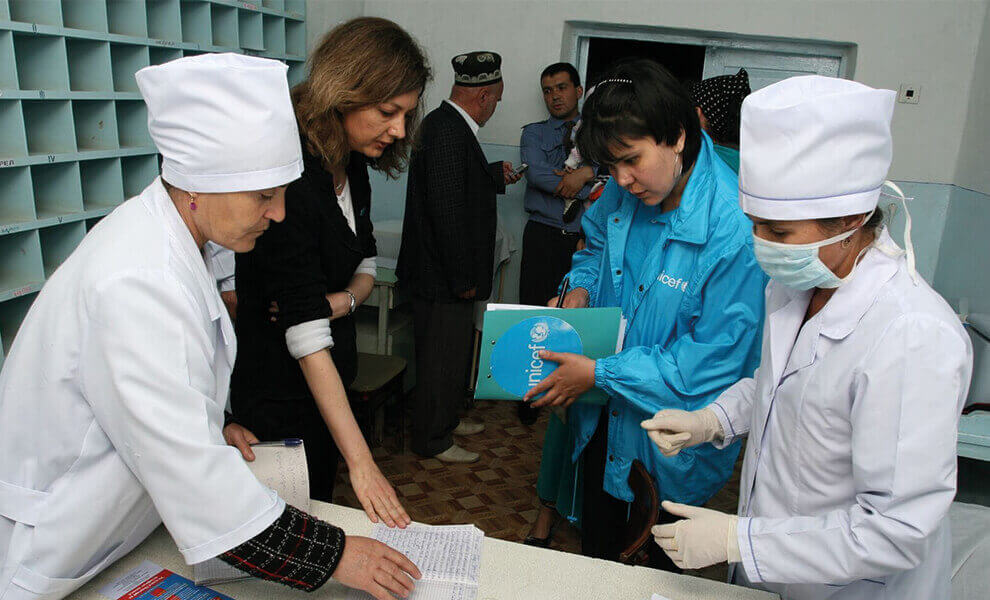
-
2011
The last case of wild poliovirus is reported in India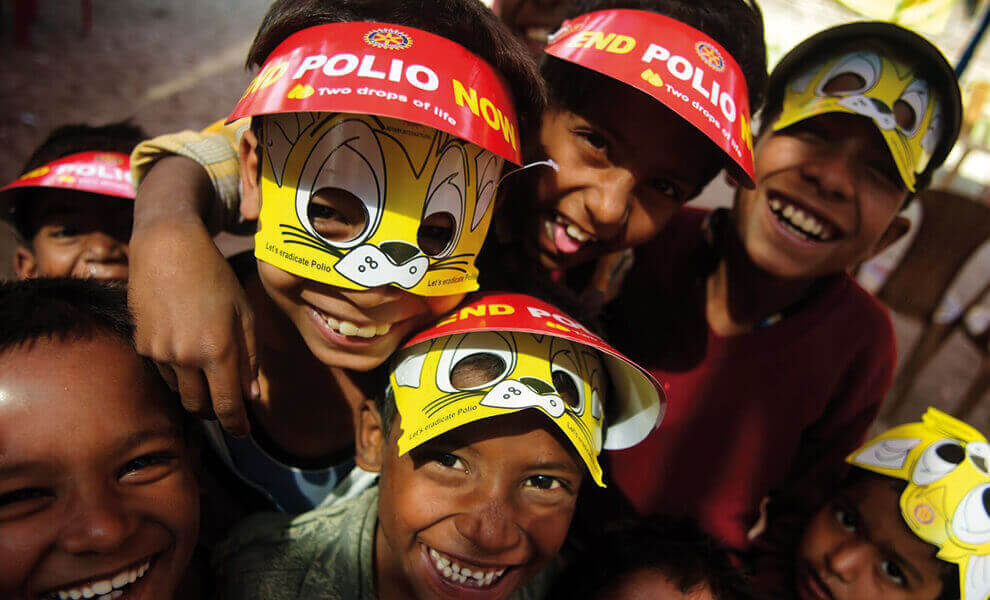
-
2012
The last case of wild poliovirus type 3 is recorded in Nigeria in November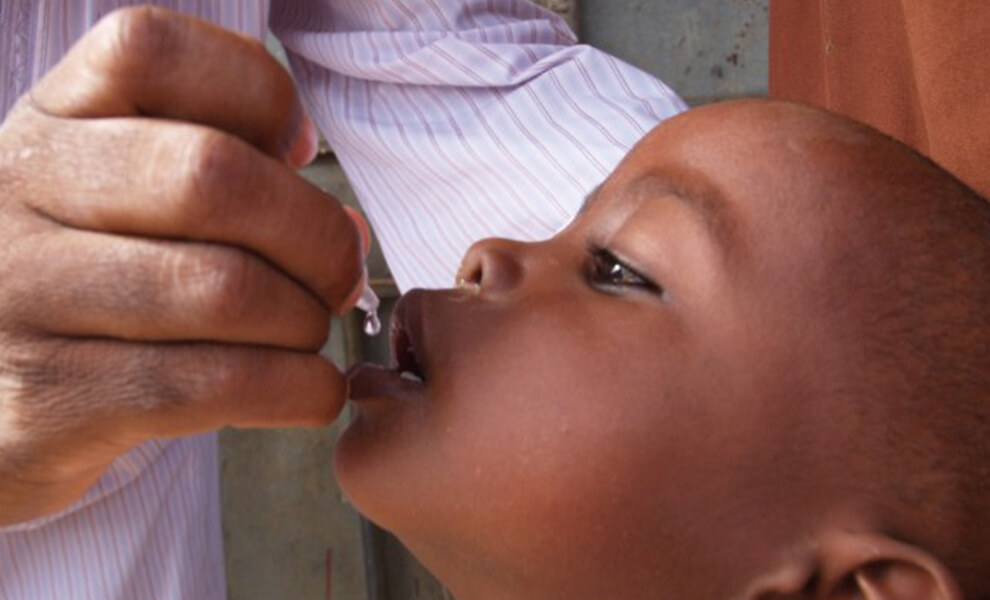
-
2014
The WHO Region of South-East Asia is declared polio free by the World Health Organization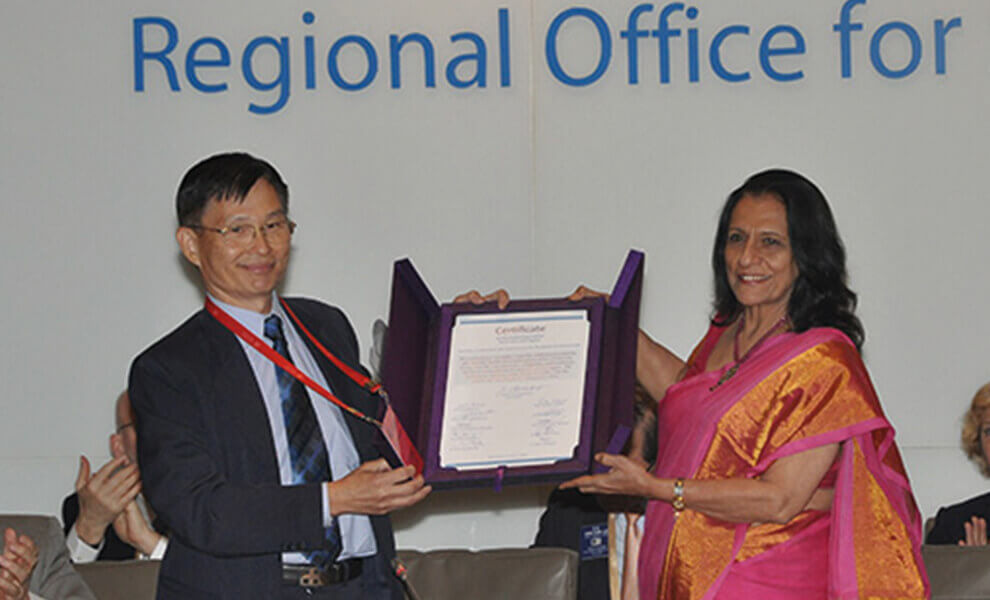
-
2016
The globally synchronised switch from trivalent to bivalent oral poliovirus vaccine is implemented in April 2016. This is the first part of the phased withdrawal of all oral polio vaccine